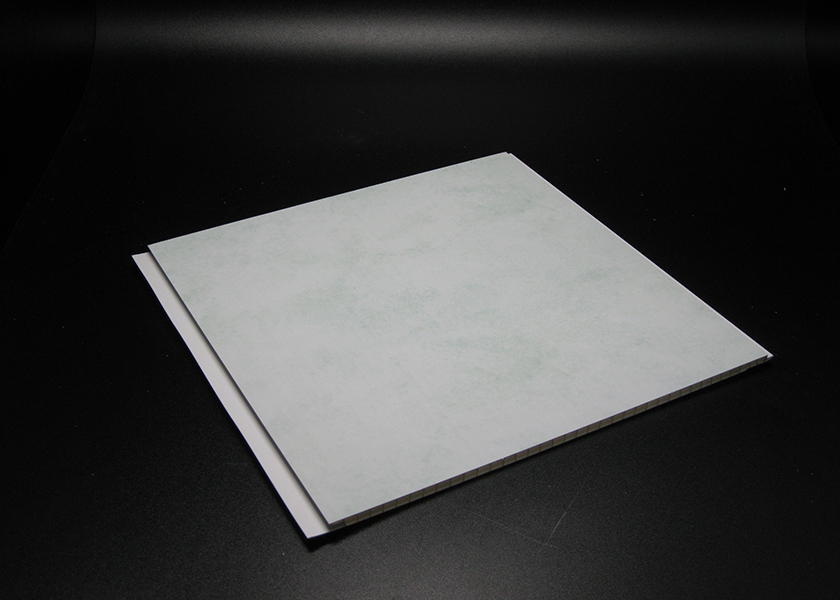(1) Organic fertilizer
It mainly includes human excrement, manure, poultry manure, green manure, bone meal, grass ash, bean cake, sesame residue, etc., as well as waste organic materials such as fish water and rice water in daily life. Organic fertilizers have a wide range of sources, low cost, and comprehensive nutrients. They are the main fertilizer for bonsai plant fertilization. Organic fertilizer must be fermented and fermented before application, otherwise it will ferment and release heat after fertilization, and burn the roots of plants.
(2) Inorganic fertilizer
Mainly refers to the various synthetic fertilizers. Commonly used are urea, ammonium sulfate, potassium dihydrogen phosphate, superphosphate, ferrous sulfate and the like. The application of chemical fertilizers is relatively clean and sanitary, and the bonsai placed indoors should be mainly applied with fertilizer. The nutrient elements contained in chemical fertilizers are relatively specific. When plants need a certain nutrient element or deficiency syndrome, the application of the corresponding chemical fertilizer is better than the application of organic fertilizer.
2. Fertilization method
(1) base fertilizer
The fertilizer applied to the potting soil in the upper basin or the basin is called the base fertilizer. The fertilizer used as the base fertilizer is generally a decomposed solid organic fertilizer. Commonly used are composted soil, bone powder, and decomposed cake fertilizer. When applied, it is used as a component of potting soil and can be incorporated into the potting soil. The fertilizer of the base fertilizer is slow, but the fertilizer is long and can provide long-term nutrient supply to the plants.
(2) top dressing
The fertilizer that is applied in the plant growth period to supplement the nutrient deficiency of the potting soil is called top dressing. Topdressing has the distinction of soil topdressing and root dressing.
1 soil topdressing. It is usually diluted with decomposed organic fertilizer solution and added to water and then applied to the pot. The application of organic fertilizer solution should be based on the principle of “thin fertilizer and diligent applicationâ€. Generally, the fertilizer solution should be diluted 15-20 times. Fertilizer should be used for the indoor bonsai.
2 external top dressing. That is to say, spraying the fertilizer solution on the foliar surface has the advantages of quick fertilizer effect and less fertilizer consumption. Flower and fruit bonsai spraying 0.2% potassium dihydrogen phosphate before flowering can promote flowering and increase fruit setting rate. When plants have deficiency syndrome, they can also be treated by root dressing. It is advisable to apply the fertilizer outside the roots before 10:00 am and after 4:00 pm, and strictly control the fertilizer concentration to avoid fat damage.
3. Relationship between fertilization and plant species and plant growth and development stages
Generally, the fertilization of the foliage plants is mainly based on nitrogen fertilizer, and the amount of fertilizer is not stimulated by the principle of growth. The flower and fruit bonsai requires a large amount of fertilizer and should be added with phosphate fertilizer. Plants that prefer acidic soils should be properly applied with “fertilizer waterâ€. When the organic liquid fertilizer is brewed, about 1% of ferrous sulfate is added and used after fermenting.
Different stages of plant growth and development have different nutrient requirements. Generally, in late spring and summer, plants enter a period of vigorous growth, and more fertilization should be applied. After autumn, the growth rate is slowed down, and fertilization should be avoided to avoid long-term growth. In winter, most plants enter dormancy. Fertilization should be stopped. Flower and fruit bonsai should be added with phosphate fertilizer before and after flower bud differentiation and before and after flowering.
Size of UPVC Panels: 250mm x 10mm.
Main material of UPVC Panels: PVC (50%, 60%, 73%, 77%, 87% or as your request), calcium carbonate and other chemicals.
Feature: Fireproof, Heat Insulation, Moisture-Proof, Mould-Proof, Sound-Absorbing, Waterproof.
Surface Process: Printing, Hot stamping, Laminated.
Quality Guarantee: 25 years.
Certificate: ISO9001:2000, Soncap, Intertek, SGS.
Application: In recent years PVC has become an advantageous alternative than traditional materials for decorating and rearranging of interior spaces in the various environments such as residences, hotels, restaurants, industrial units, individual offices, bathrooms, kitchens, laundries.
Quick maintenance and no need of painting.
Easy to be cut, drilled, nailed, sawed, and riveted. DIY is all right..
Pictures of 200mm x 10mm UPVC Panels:

250mm X 10mm UPVC Panels, UPVC False Ceiling Panels, UPVC Bathroom Panels
Zhejiang Huaxiajie Macromolecule Building Material Co., Ltd. , http://www.pvcbuildingdeco.com